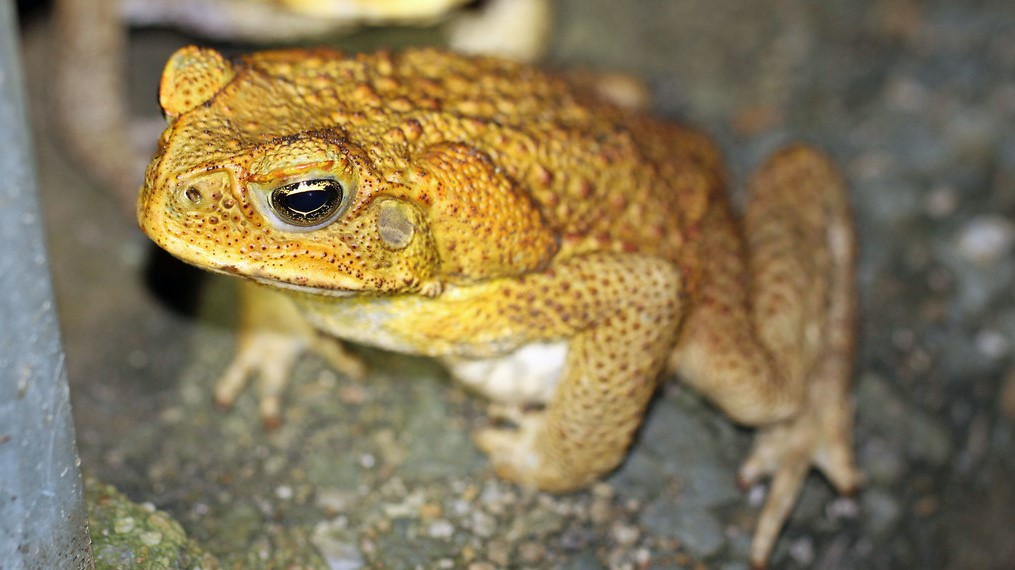
The pros and cons of invasive species
Australia has had a long history of invasive species problems. Over the past 250 years, foreign species have been introduced to Australia, causing ecological devastation.
The movement of animals from one country to another is not a novel idea. This tradition has been documented in Roman times when Romans would frequently bring back animals from distant regions back to Rome. Early explorers and naturalists would collect samples and specimens and transport them back home for further study and display. However, today with the advent of globalization, the movement of foreign species has become much easier and faster than transporting them on a mast ship.
According to the Australian Museum, since 1770, more than 3,000 non-native species have arrived in Australia. These include a range of different animals, birds, plants, insects and other invertebrates, fungi, parasites and marine species. It should be noted that not all invasive species have a negative consequence on the environment, economy, or health of humans or other animals. Dung beetles are a perfect example. When Europeans introduced domestic cattle to Australia, native Austrailian dung beetles could not cope with the dung, resulting in a perfect breeding ground for bush and buffalo flies. In the mid 1960s, more than 50 types of foreign dung beetles were released in Australia, resulting in an 80% drop in fly numbers. In addition, they reduced the number of cowpats and helped to aerate the soil.
The invasion
Three invasive species of note are the cane toad, European rabbits, and the common carp. All three species were introduced to Australia.
The cane toad was deliberately introduced into north Queensland in 1935 from Hawaii to control beetles that were feeding on sugarcane. Initially, about 3,000 cane toads were released in the sugarcane plantations. Today, the cane toad have expanded their range to cover the majority of northeastern Australia with numbers reaching well into the millions. Cane toads are poisonous to animals and humans and prey on native fauna. They also compete with native species for food and resources.
European rabbits were introduced into Australia at the end of the 18th century for sport hunting. However, hunters could not keep up with their reproduction rate, which soon resulted in millions of rabbits. They compete with Australia’s livestock for feed and damaged the environment causing economic losses.
Common carp were introduced in the 19th century as farmed fish. In the 1960s, a particularly hardy strain of carp escaped into the waterways. A single carp of this strain is capable of producing more than 1 million eggs in a breeding cycle. In the Murray-Darling Basin, carp now make up 80-90% of the fish biomass. Carp are bottom feeders that stir up the sediment and reduce water clarity as well as predate on native aquatic plant and animal species. The economic impact of these fish is estimated at AUS $500 million per year.
Solutions and lessons learned
To combat the invasive species, Australia devised many programs from capture and kill to biological warfare. In the 1950s, Myxoma virus, a disease that affects rabbits and causes skin lesions, immuno-suppression leading to secondary infection and death within 48 hours to 14 days, was released into the wild population. The virus had a dramatic effect, reducing the numbers of wild rabbits. In 1952-53 Australia’s wool and meat production jumped by $68 million as pastures recovered. However, rabbits eventually became resistant to the virus and rabbit population began to climb again.
Biological warfare does not stop at rabbits. The Australian government invested in a plan to infect carp with a strain of herpes, which has caused mass carp deaths in the US and Japan. There is kickback, however, as researchers are concerned that rivers will become clogged with decaying fish disrupting the ecosystem further. They stress more field studies are needed before wide-release of the virus.
As for the cane toad, main controls are through quarantine checks and public awareness and response such as physical removal of the toads. These are just some of the methods used to combat invasive species. Australia is only one example of invasive species causing havoc in countries. In the US, invasive species such as the Burmese python, Emerald ash borer, and the northern snakehead are quickly taking over. However, animals are not alone in this category. A recent article from the BBC demonstrated that 1 million plant and animal species are threatened with extinction due to human impacts. It is important that we as a human race also take note of our own invasiveness and impact on the planet.
Questions, comments, feedback about today's Weekly Update? Please email Dr. Gus Brihn
Receive the Weekly Update right in your inbox on Tuesdays and Thursdays. Subscribe now at z.umn.edu/WeeklyUpdateSubscribe
